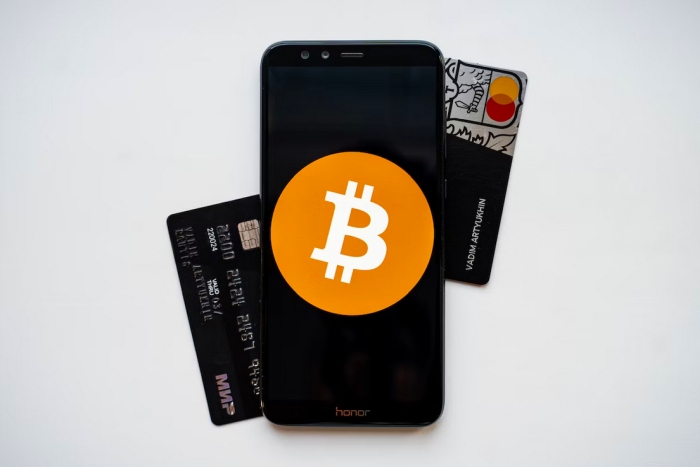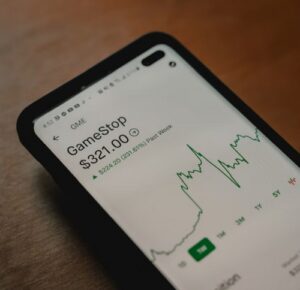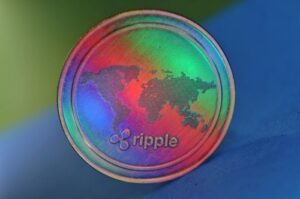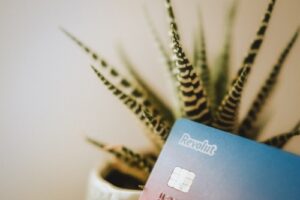April 21, 2023

Image: Unsplash/Vadim Artyukhin
Making purchases through a mobile application is one of the priority areas of development for many companies. After all, the number of users choosing mobile commerce is constantly growing. Confirmation of this can be found in Statista data.
They point out that in the US, about 60% of shoppers buy through mobile apps. This trend encourages business owners to look for optimal payment solutions in such programs. The first step on this path is a payment gateway. We offer to learn what it is and how the integration takes place.
What is a payment gateway?
Paying through a mobile application is quite complex and involves several stages. For everything to work properly, a reliable channel is needed between the payment processing system and the order page (customer portal or website). This is what the payment gateway is for.
It ensures safe and fast transmission of the buyer's payment and personal data from the resource where the payment is made to the corresponding payment processing service. The latter can be a company (if it has its own system for processing transfers), an independent supplier (Stripe, PayPal, etc.), or a financial institution (Bank-Acquirer).
Different types of technology should be considered separately. Currently, entrepreneurs can choose a ready-made option or a special payment gateway.
How is the integration of payment gateways?
Integrating the solution into the mobile application can be performed in 2 ways. It all depends on the chosen technology.
Special payment gateway
In this case, the channel is developed by a specialized company for a specific business from scratch. As part of the service, special APIs are created to integrate the payment gateway with all important applications. Such a solution is integrated with external payment processing systems through ready-made APIs. They are provided by the payment processing provider. This is usually done by acquiring banks. The advantages of this method include:
- full integration with corporate-type systems, as well as applications (including outdated ones);
- the possibility of adding new options if necessary and developing the gateway;
- special functionality (possibility of implementing all necessary payment methods, including reimbursement and payment in cryptocurrency);
- reliable protection of payment data;
- high speed of operations;
- complete minimization of risks (operational and security-related);
- no fee is charged for the payment gateway provider's services.
However, when choosing such a technology, you need to remember the operation of the infrastructure designed to store payment data. The customer is responsible for support and configuration in this case.
Ready payment gateway
Customers who prefer this technology can count on easier and faster integration. After all, in this case, a ready-made payment gateway is used, provided by one of the payment processing providers (for example, Authorize.Net or bank-acquire). The presented solution provides APIs that are already ready to use. Thanks to them, plug-and-play integration becomes possible.
It can include analytical tools, accounting software products, and all known e-commerce platforms. However, certain difficulties may arise in the process of integration of a ready-made payment gateway. They concern, in particular, outdated applications. The process of integration with them will be expensive and long. In addition, the user will need to periodically pay a fee for using the service.
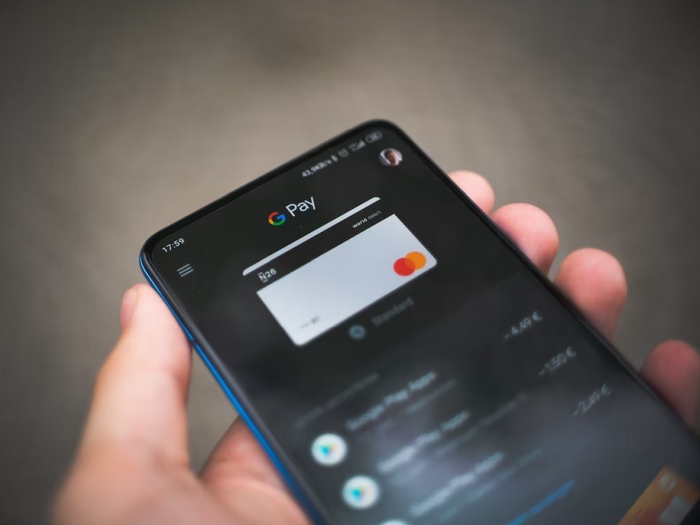
Image: Unsplash/Mika Baumeister
Conclusion
Payment gateway development and integration is something that deserves special attention. After all, mobile commerce is an important stage in the development of almost any business. You can ensure this by looking at the statistics presented by Statista.
See: FTP Report: B2B Payments: A Major Fintech Opportunity to Solve Paper-based Payments and Processes
It says that by 2025, mobile commerce sales may increase to 700 billion dollars. This means that more and more users are choosing this way of shopping. The seller's task under such conditions is to provide comfortable conditions for this. Therefore, choosing a high-quality solution and performing integration according to standards is worth it.
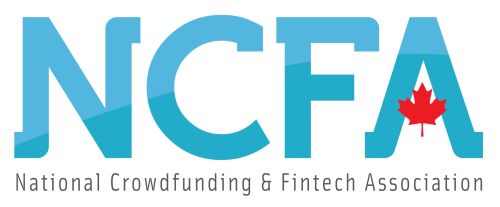 The National Crowdfunding & Fintech Association (NCFA Canada) is a financial innovation ecosystem that provides education, market intelligence, industry stewardship, networking and funding opportunities and services to thousands of community members and works closely with industry, government, partners and affiliates to create a vibrant and innovative fintech and funding industry in Canada. Decentralized and distributed, NCFA is engaged with global stakeholders and helps incubate projects and investment in fintech, alternative finance, crowdfunding, peer-to-peer finance, payments, digital assets and tokens, blockchain, cryptocurrency, regtech, and insurtech sectors. Join Canada's Fintech & Funding Community today FREE! Or become a contributing member and get perks. For more information, please visit: www.ncfacanada.org
The National Crowdfunding & Fintech Association (NCFA Canada) is a financial innovation ecosystem that provides education, market intelligence, industry stewardship, networking and funding opportunities and services to thousands of community members and works closely with industry, government, partners and affiliates to create a vibrant and innovative fintech and funding industry in Canada. Decentralized and distributed, NCFA is engaged with global stakeholders and helps incubate projects and investment in fintech, alternative finance, crowdfunding, peer-to-peer finance, payments, digital assets and tokens, blockchain, cryptocurrency, regtech, and insurtech sectors. Join Canada's Fintech & Funding Community today FREE! Or become a contributing member and get perks. For more information, please visit: www.ncfacanada.org
Want to get insider access to some of the most innovative advances happening in #fintech. Register for #FFCON23 and hear from global thought leaders what’s next! Click below for Open Access tickets to all virtual programming and on-demand content from FFCON23.Support NCFA by Following us on Twitter! |
Related Posts
- SEO Powered Content & PR Distribution. Get Amplified Today.
- Platoblockchain. Web3 Metaverse Intelligence. Knowledge Amplified. Access Here.
- Minting the Future w Adryenn Ashley. Access Here.
- Source: https://ncfacanada.org/how-to-integrate-a-payment-gateway-in-an-app/
- :has
- :is
- $UP
- 1
- 100
- 2018
- 28
- a
- About
- access
- According
- Accounting
- accounting software
- acquiring
- addition
- advances
- advantages
- affiliates
- After
- All
- already
- alternative
- alternative finance
- an
- Analytical
- and
- any
- APIs
- app
- Application
- applications
- apps
- April
- ARE
- areas
- AS
- Assets
- At
- attention
- authorize
- B2B
- B2B payments
- Banks
- BE
- become
- becomes
- below
- between
- Billion
- blockchain
- business
- business owners
- buy
- by
- cache
- CAN
- Canada
- case
- certain
- Channel
- charged
- Choose
- choosing
- chosen
- click
- closely
- COM
- comfortable
- Commerce
- community
- Companies
- company
- complex
- Concern
- conditions
- Configuration
- confirmation
- considered
- constantly
- content
- Corresponding
- create
- created
- Crowdfunding
- crypto
- Crypto Payments
- cryptocurrency
- Currently
- customer
- data
- decentralized
- Demand
- depends
- deserves
- designed
- developed
- developing
- Development
- difficulties
- digital
- Digital Assets
- distributed
- dollars
- e-commerce
- e-commerce platforms
- easier
- ecosystem
- Education
- encourages
- engaged
- ensure
- entrepreneurs
- etc
- Ether (ETH)
- events
- everything
- example
- expensive
- external
- FAST
- faster
- fee
- finance
- financial
- financial innovation
- financial institution
- fintech
- First
- following
- For
- found
- from
- functionality
- funding
- funding opportunities
- gateway
- get
- Global
- Google Pay
- Government
- Growing
- Happening
- hear
- helps
- high-quality
- How
- How To
- However
- http
- HTTPS
- implementing
- important
- in
- include
- Including
- Increase
- independent
- industry
- information
- Infrastructure
- Innovation
- innovative
- Insider
- Institution
- Insurtech
- integrate
- integrated
- integration
- Intelligence
- into
- investment
- IT
- ITS
- Jan
- join
- jpg
- known
- large
- leaders
- LEARN
- live
- Live Events
- Long
- Look
- looking
- made
- major
- many
- March
- Market
- max-width
- May..
- means
- member
- Members
- method
- methods
- minimization
- Mobile
- mobile-apps
- more
- most
- necessary
- Need
- needed
- net
- networking
- New
- Newsletter
- number
- of
- offer
- on
- On-Demand
- ONE
- open
- operation
- operational
- Operations
- opportunities
- Opportunity
- optimal
- Option
- Options
- or
- order
- our
- own
- owners
- page
- paper-based
- part
- particular
- partners
- path
- Pay
- payment
- payment methods
- payment processing
- payments
- PayPal
- peer to peer
- performing
- perks
- personal
- Place
- Platforms
- plato
- Plato Data Intelligence
- PlatoData
- please
- Point
- Portal
- possibility
- possible
- prefer
- presented
- priority
- process
- processes
- processing
- Products
- Programming
- Programs
- projects
- properly
- protection
- provide
- provided
- provider
- providers
- provides
- purchases
- ready
- ready-made
- register
- Regtech
- reliable
- remember
- report
- resource
- responsible
- risks
- s
- safe
- sales
- says
- Sectors
- service
- Services
- several
- Shoppers
- Shopping
- should
- sign
- Software
- solution
- Solutions
- SOLVE
- some
- something
- special
- specialized
- specific
- speed
- Stage
- stages
- stakeholders
- standards
- Step
- Stewardship
- store
- stripe
- such
- support
- system
- Systems
- takes
- Task
- Technology
- thanks
- that
- The
- Them
- therefore
- they
- this
- thought
- thought leaders
- thousands
- Through
- tickets
- to
- today
- Tokens
- tools
- transfers
- Trend
- true
- types
- under
- Unsplash
- us
- use
- used
- User
- users
- using
- usually
- vibrant
- Virtual
- Visit
- Way..
- ways
- we
- Website
- WELL
- What
- WHO
- will
- with
- Work
- works
- worth
- you
- zephyrnet

